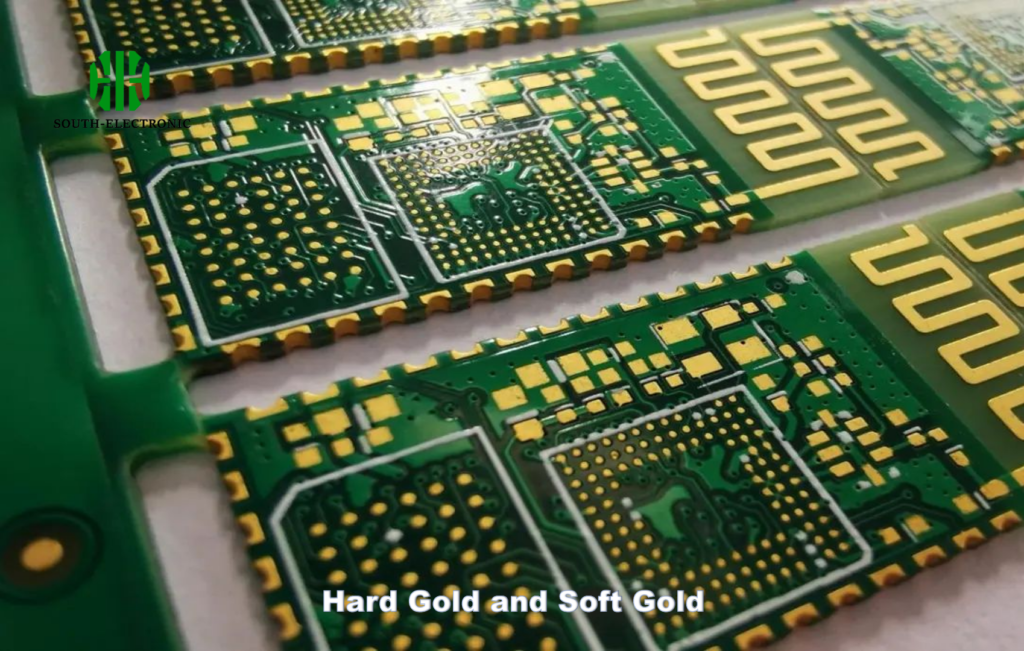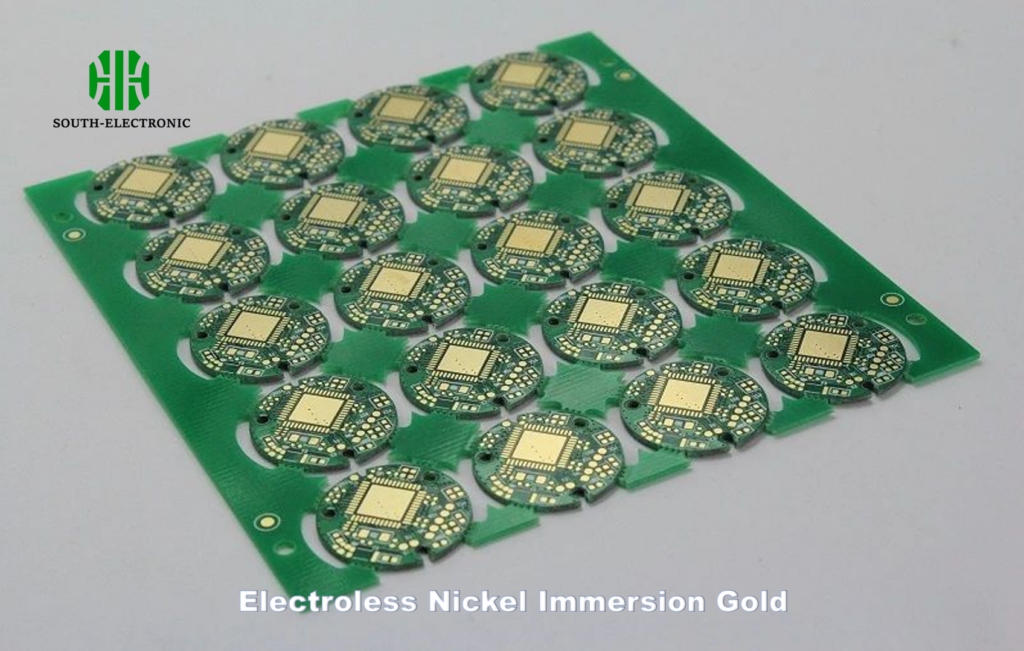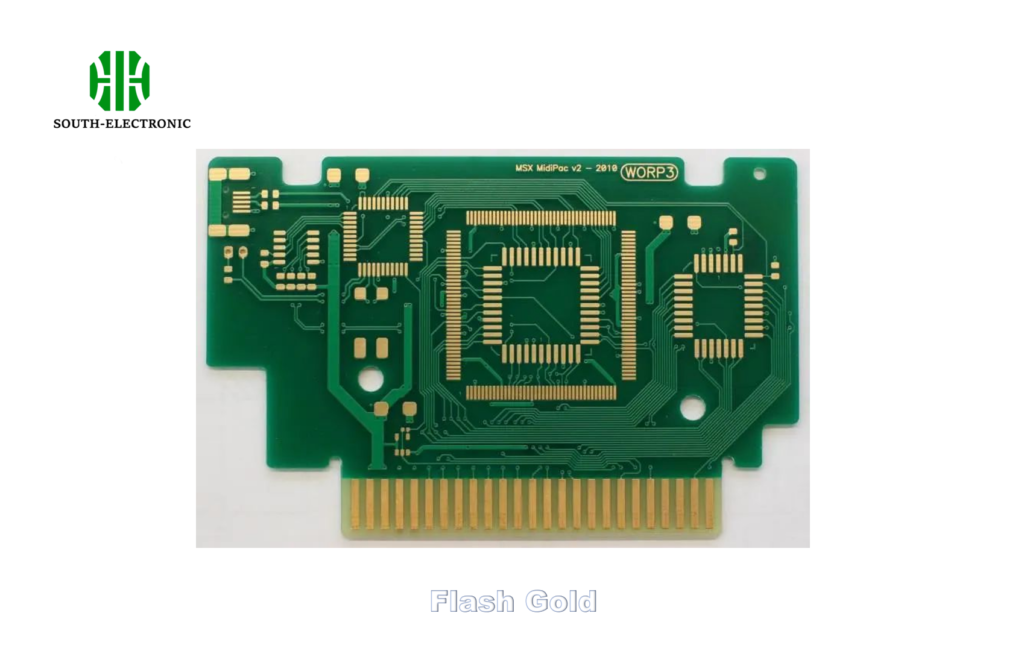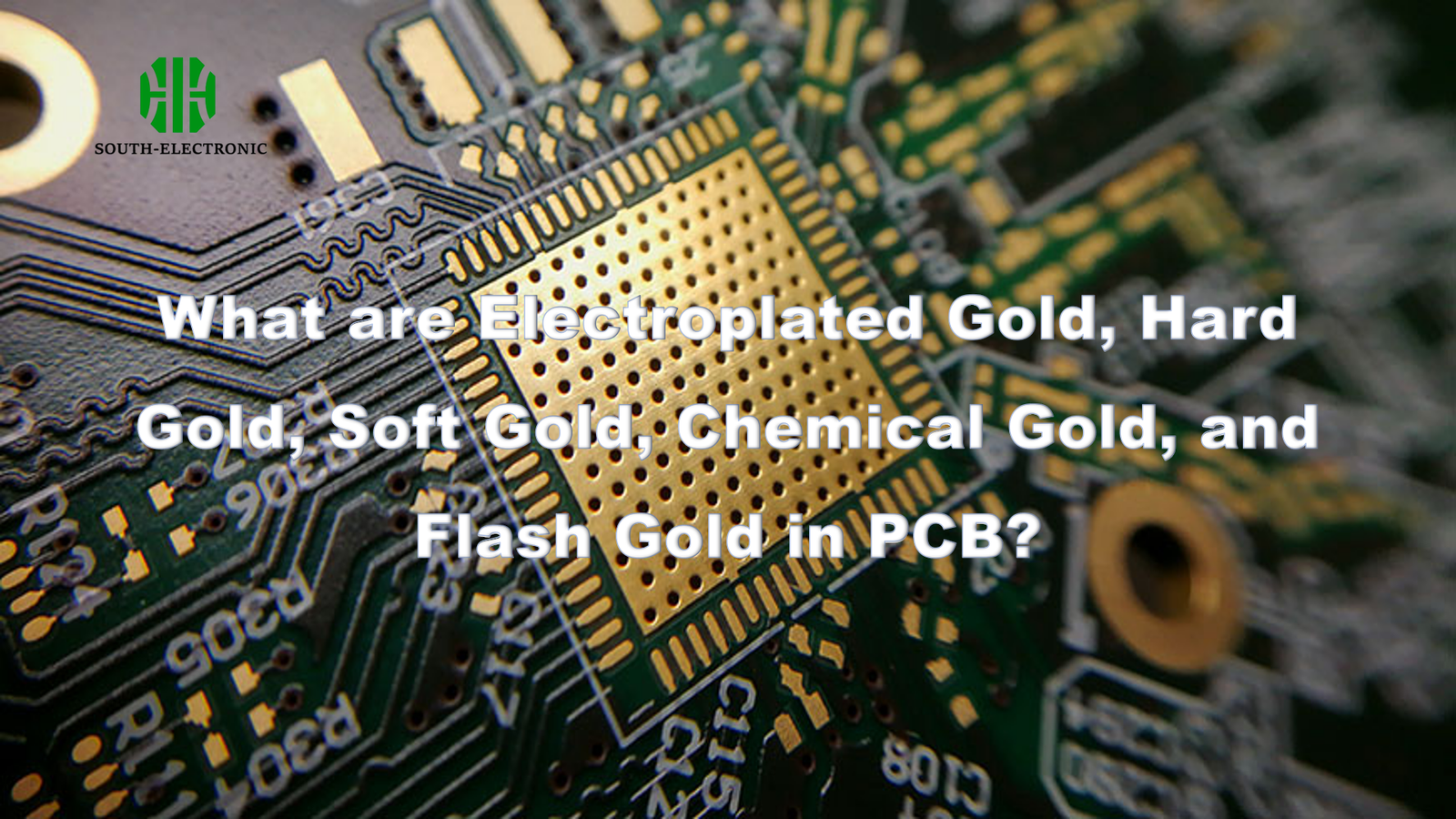Many friends who work in the back-end PCBA system assembly factory are still confused about the "hard gold", "soft gold" and "flash gold" on the circuit board. Some people still think that electroplated gold is definitely hard gold? And chemical gold is definitely soft gold? In fact, this classification is only half correct.
Below I will try to explain the differences and characteristics of hard gold, soft gold, and flash gold in a way that is easier for everyone to understand.
What is electroplating gold?
"Electroplating gold" itself can be divided into hard gold and soft gold. Because electroplating hard gold is actually electroplating alloy (that is, Au and other metals are plated), it is harder and suitable for places that need to be subjected to force and friction. In the electronics industry, it is generally used as the board edge contact point of the circuit board (commonly known as the "gold finger", as shown in the first picture). Soft gold is generally used for aluminum wire on COB (Chip On Board) or the contact surface of mobile phone buttons. Recently, it has been widely used on the front and back sides of BGA carriers.
The purpose of electroplating is basically to electroplate "gold" on the copper skin of the circuit board, but if "gold" and "copper" are in direct contact, there will be a physical reaction of electron migration and diffusion (related to the potential difference), so a layer of "nickel" must be electroplated as a barrier layer first, and then gold is electroplated on the nickel. Therefore, what we generally call electroplating gold should actually be called "electroplating nickel gold".

What is the difference between hard gold and soft gold?
The difference between hard gold and soft gold is the composition of the gold layer that is plated at the end. When plating gold, you can choose to electroplate pure gold or alloy. Because pure gold is softer, it is also called "soft gold". Because "gold" can form a good alloy with "aluminum", COB will specifically require the thickness of this layer of pure gold when punching aluminum wire.
In addition, if you choose to electroplate gold-nickel alloy or gold-cobalt alloy, because the alloy is harder than pure gold, it is also called "hard gold".
Soft gold and hard gold electroplating proc- edures:
- Soft gold: pickling → electroplating nickel → electroplating pure gold
- Hard gold: pickling → electroplating nickel → pre-gold plating (flash gold) → electroplating gold-nickel or gold-cobalt alloy

What is electroless nickel immersion gold?
“Electroless nickel immersion gold” is mostly used to refer to the surface treatment method of ENIG (Electroless Nickel Immersion Gold). Its advantage is that it can attach “nickel” and “gold” to the copper skin without the complicated process of electroplating, and its surface is smoother than electroplated gold, which is especially important for increasingly smaller electronic parts and components that require high flatness (fine pitch).
Since ENIG uses chemical replacement to produce the effect of the surface gold layer, the maximum thickness of its gold layer cannot reach the same thickness as electroplated gold in principle, and the gold content will decrease as you go to the bottom layer.
Because it is a displacement process, the gold-plated layer of ENIG is "pure gold", so it is often classified as a type of "soft gold". Some people also use it as a surface treatment for COB aluminum wires, but the thickness of the gold layer must be strictly required to be at least 3 to 5 micro-inches (μ") thick. Generally, it is difficult to achieve a thickness of more than 5μ". A gold layer that is too thin will affect the adhesion of the aluminum wire. General electroplated gold can easily reach a thickness of more than 15 micro-inches (μ"), but the price will also increase with the thickness of the gold layer.

What is Flash Gold?
The word "Flash Gold" comes from the English word Flash, which means quick gold plating. In fact, it is the "pre-gold plating" process of electroplating hard gold. Referring to the process description of "electroplating nickel gold" above, it uses a larger current and a liquid tank with a higher gold content to first form a denser but thinner gold plating layer on the surface of the nickel layer, so that it is easier to carry out the subsequent electroplating of gold nickel or gold cobalt alloy. Some people see that this can also make gold-plated PCBs, and the price is cheap and the time is shortened, so some people sell such "Flash Gold" PCBs.
Because "Flash Gold" lacks the subsequent electroplating gold process, its cost is much cheaper than the real electroplating gold, but because its "gold" layer is very thin, it generally cannot effectively cover the entire nickel layer under the gold layer, so it is easier to cause the problem of oxidation of the circuit board after being stored for too long, which in turn affects the solderability.

Conclusion
Among the many current circuit board surface treatment methods, the cost of electroplated nickel-gold is relatively high compared to other surface treatment methods (such as ENIG, OSP). With the current high gold price, it is rarely used, unless there are special uses, such as connector contact surface treatment, and the need for sliding contact components (such as gold fingers). However, in terms of current circuit board surface treatment technology, the electroplated nickel-gold coating has good anti-friction ability and excellent anti-oxidation ability, which is unmatched.
South-Electronic has intensively cultivated hard gold, soft gold and ENIG processes: hard gold is wear-resistant and suitable for high-frequency friction scenarios such as gold fingers; soft gold is pure gold plating to ensure the bonding strength of COB aluminum wires; ENIG has a smooth surface and meets the needs of fine-pitch components. Different from the oxidation risk of cheap flash gold, South-Electronic strictly controls the thickness and integrity of nickel-gold plating, taking into account durability and cost-effectiveness. From high-reliability connectors to precision BGA carriers, we provide customized solutions to ensure the long-term stability of products with technical strength. Cooperate now to ensure both quality and efficiency!



